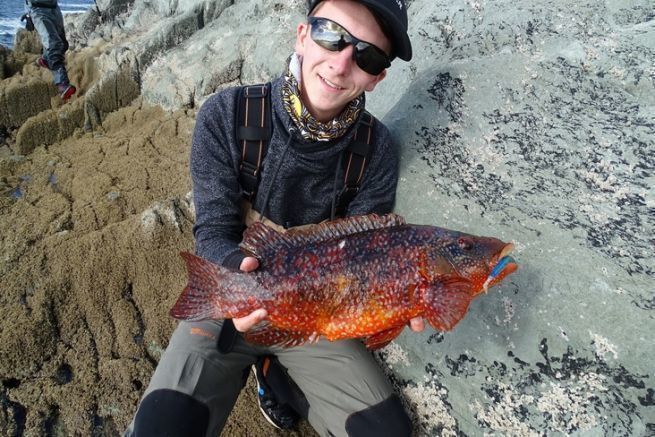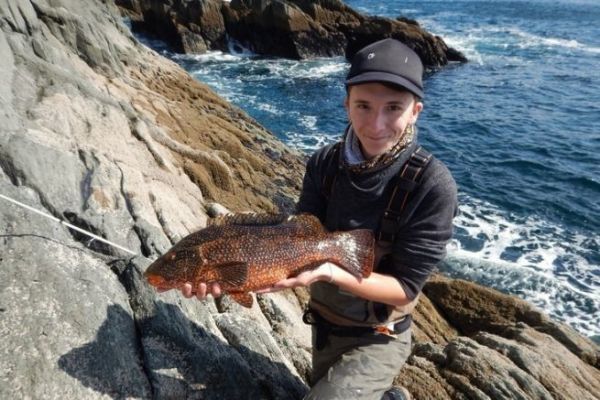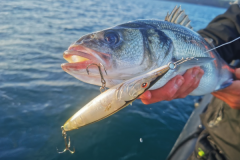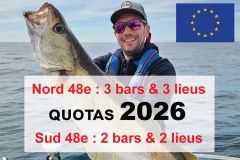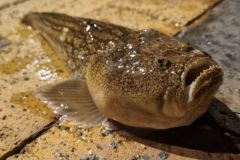Big yellow places and in large quantities

The pollack is the flagship species of this destination that can be found on the rocky coast of most of the Irish coast. It moves in schools of several dozen individuals which makes it a very aggressive fish. The first casts on a spot generally offer the largest fish, sometimes exceeding 80 cm. After luring the big places of a school, the average size of the catch decreases, it will be enough to change area to find a new school and big fish.
Metal lures like casting jigs work particularly well for targeting a school far from the bank. Soft Texan lures can also be used to avoid hooking kelp too often.
The magic of this destination comes from the possibilities of catching surface lures. It may seem surprising, but the places appreciate very much the poppers and propbaits. It is possible to make very large quantities of fish on the surface with spectacular attacks. The pollock will rise from the bottom very violently and sometimes jump all the way out of the water to grab the lure.
The old ones near the kelp
Second most present species on the rocky coasts of Ireland, the old one offers fantastic fights on light equipment. Its curiosity and its aggressiveness make it a very playful fish, able to follow a lure to our feet before seizing it violently. Be careful during the fights, the big old women will not hesitate to rush through the kelp to try to break your line.
The most effective lures are soft lures, especially crayfish or shellfish imitations. The teeth of old lures are capable of crushing shellfish, so you need to use solid material that will be put to the test. A Texas mount will once again limit the risk of snags. Some individuals easily exceed 50 cm with big fights in perspective.
Bass with surface lure

Rather rare in rocky coast, the sea bass is a fish much more wary. It is rare to bite one among the places and the old ones which are much more aggressive. It is rather found on the numerous sandy and pebble beaches of the coast. The numerous mouths are unavoidable spots and can reserve very beautiful surprises.
Irish bass are mainly fished with surface lures in shallow areas. The best spots are the oyster beds, drowned at high tide and then uncovered at low tide. The big bass follow the tidal movements and wander in the middle of these parks in search of easy prey.
Three species that will give you a lot of emotions in beautiful landscapes. The Irish coasts can however be dangerous, think above all of your safety.

 /
/ 